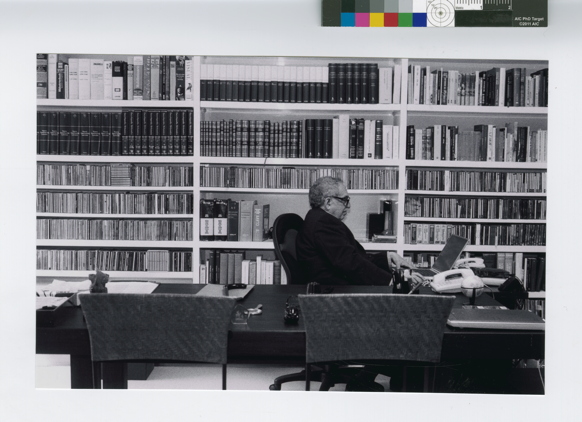The Harry Ransom Center at the University of Texas-Austin has been home to the archives of the Nobel Prize-winning author,Gabriel Garcia Marquez. The museum recently decided to showcase the collection to the public in a new exhibit called “Gabriel Garcia Marquez: The Making of a Global Writer,” which opened last weekend and will remain on view through July.
The bilingual exhibit is curated by Alvaro Santana Acuña, historian and author of “Ascent to Glory: The Transformation of ‘One Hundred Years of Solitude’ Into a Global Classic.” It includes much of Garcia Marquez’s published and unpublished work. This includes the manuscript for “One Hundred Years of Solitude,” which has become the centerpiece of the exhibition.
“Classics are meaningful works of art that speak to people from all countries, cultures or generations,” Santana Acuña says. “This is precisely what happened with ‘One Hundred Years of Solitude.’”
Though the book was written in Latin America, it has made a mark on English-speaking civilization, culture and politics over time. Visitors will get to see this impact throughout the exhibit, which Santana Acuña says is divided in two parts. The first part “tells a story of how the world made Garcia Marquez” while the second part shows “the world Garcia Marquez created.”
Some viewers may not agree about Garcia Marquez’s impact, especially with regard to “One Hundred Years of Solitude.” Readers didn’t understand the book’s magical realism, yet Santana Acuña says that style is a main reason for its success.
“I think that Garcia Marquez tapped into something that is really central to our lives: the idea that there is a dimension to life that is not just materialistic but also fantasy,” Santana Acuña says. “I think that’s why this book eventually became so successful. It was able to find that imaginary dimension in our lives that goes unnoticed.”
Written by Samantha Carrizal.














